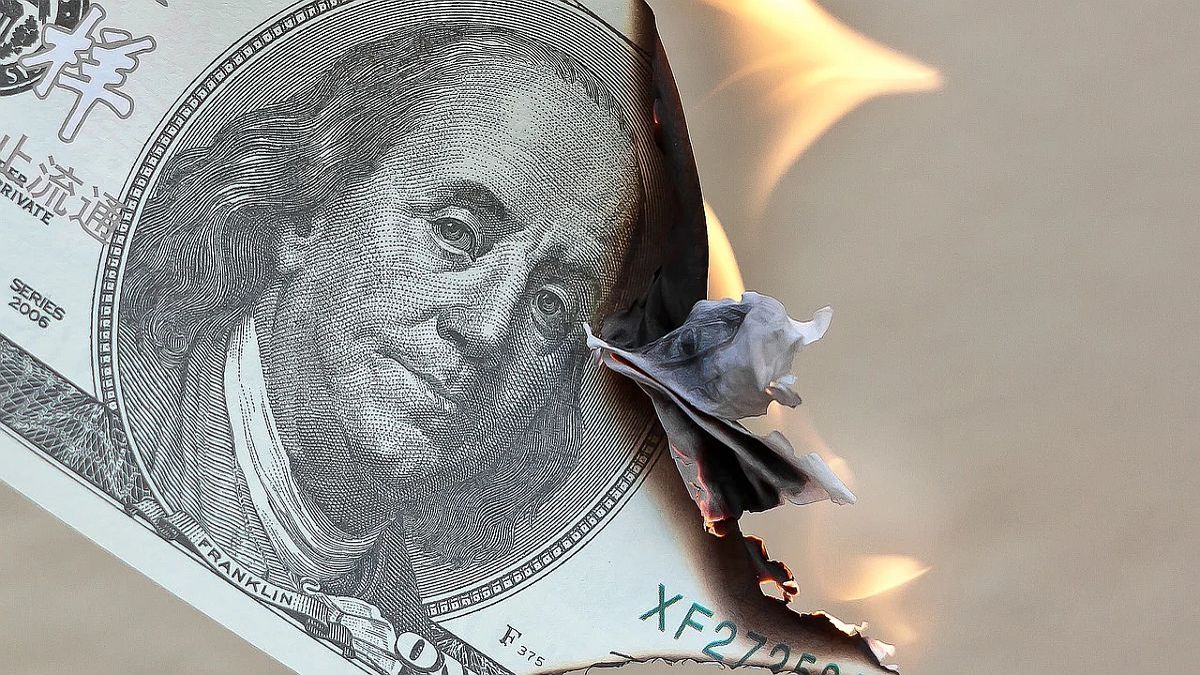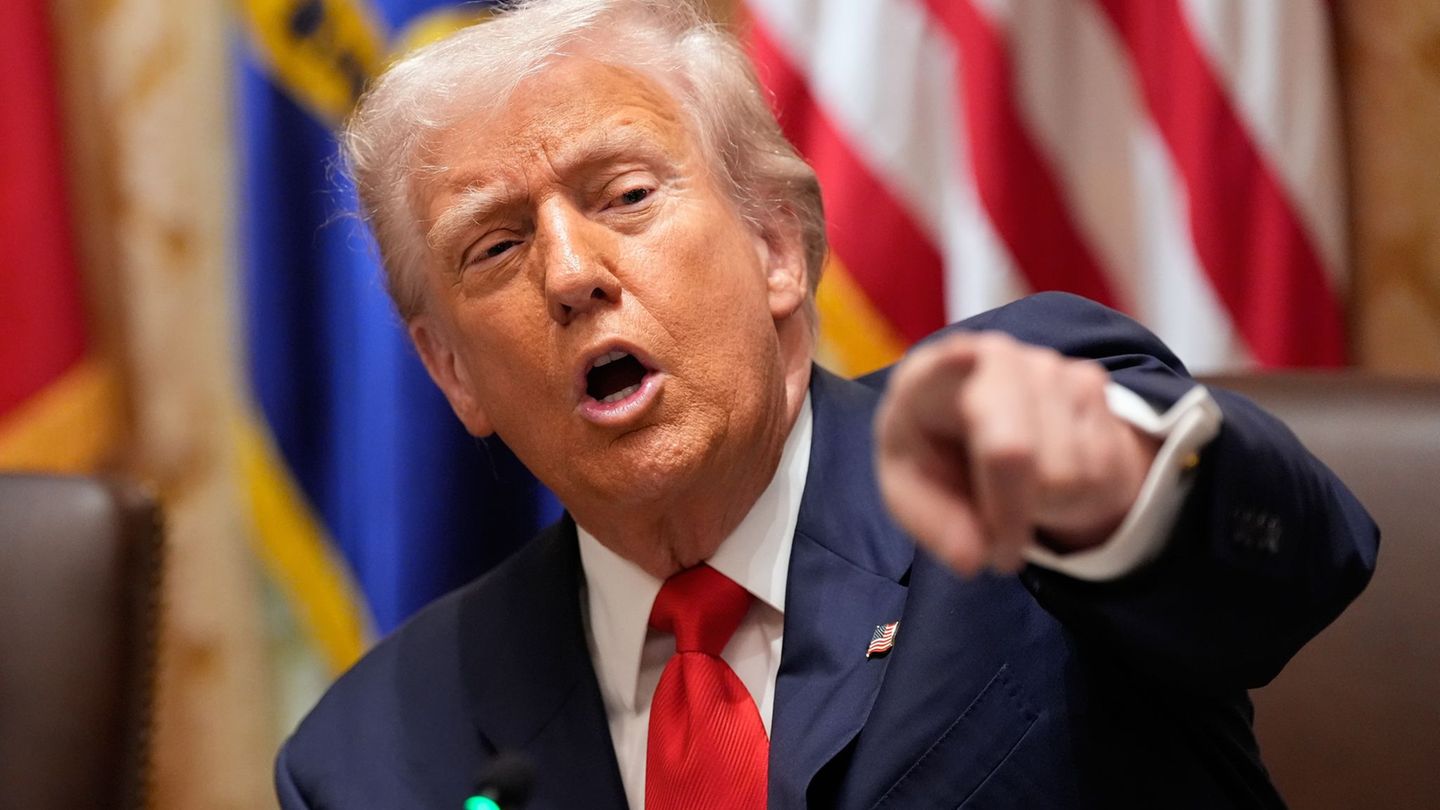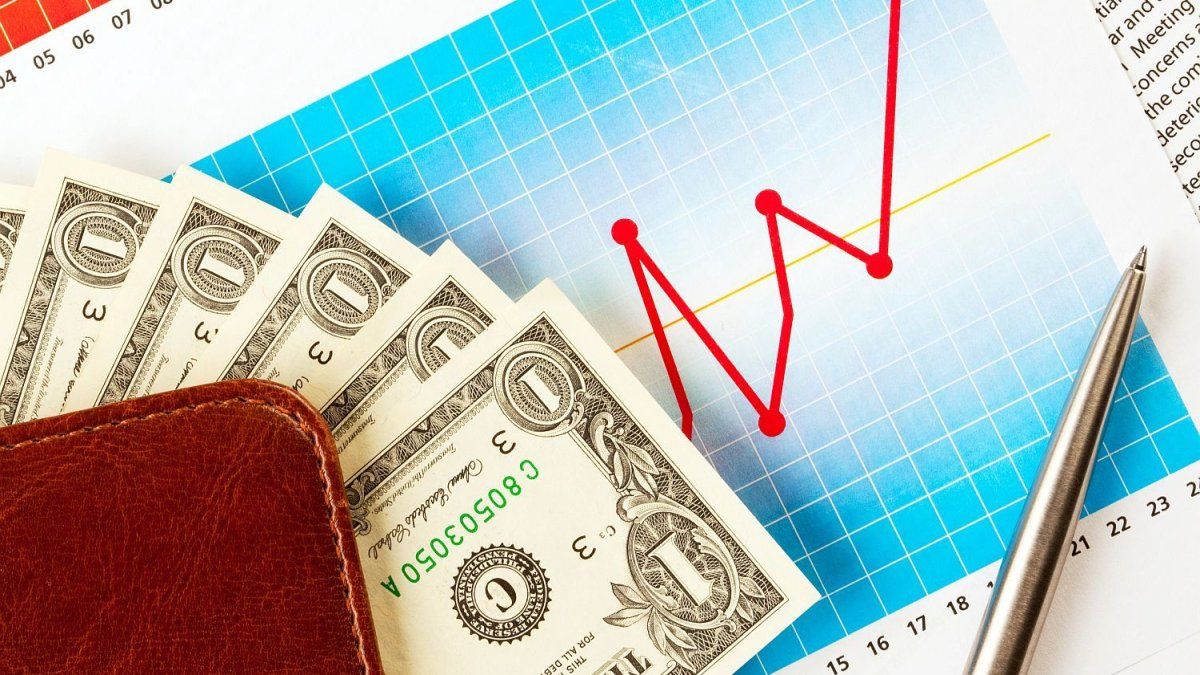The blue was the dollar that became more expensive, with a monthly rise of 10.12%. Meanwhile, Analytica economist Tomás Álvarez Kuhnle points out that “in January the monthly variation of the official exchange rate was 5.4% on average and 5.5% for the last business days.”
And, with regard to financial dollars, the stock dollar (MEP) rose 8.7% and the Cash With Settlement (CCL), 6.5%, in the first month of the year.
The trend moderated at the beginning of February and analysts are beginning to outline what will be the guidelines that will be seen in the second month of the year, a time when the demand for money tends to drop and that means that many pesos tend to go towards the dollar, in part, for the search for coverage, but also for vacations. It is a dynamic that affects mainly the alternative exchange rates (the blue and the financial ones).
Meanwhile, the official dollar follows the dynamics set by the BCRA, which has been taking the daily appreciation rate to around 5.5% per month, below what it had been doing at the end of last year. So, based on this dynamic, what elements do analysts see that will have an impact on the foreign exchange market this month?
Factor 1: fall in the demand for pesos and in the income of dollars
As stated, the first worrying element is that “there is a lot of excess weight hanging around in a context of low dollar income,” says the director of CyT Asesores Económicos, Camilo Tiscornia. And he details that, once the soybean dollar 2 ended, which was implemented in December, the inflow of foreign currency fell, which is combined with a lower demand for pesos.
This is how, according to Juan Pablo Albornoz, an economist at the consulting firm Invecq, he mentions that “a factor to take into account is the seasonality of the demand for pesos.” He explains that December and early January are usually months in which people are left with more pesos than usual.
This happens, even in an inflationary context like the current one and that “goes back, then, from February,” he describes. Although he clarifies that it is not certain that this fall in the demand for pesos will make its impact felt throughout this month, he warns that “it must always be taken into account as an important factor.”
Factor 2: inflationary dynamics mark the crawling-peg
On the other hand, a key element to delineate the dynamics of the official dollar is inflation, which, according to all forecasts, in January would have been above the figure for December, when it was 5.1%. Some private forecasts calculate it around 6%, while in the ruling party they expect it to be around 5.5%, meanwhile. And that suggests that the BCRA will maintain a rate of devaluation of the peso similar to that of last month in February, since for several months it has been bringing it closer to the level of inflation, which suggests that the official wholesale dollar will end the month with an estimated price of $197.
Factor 3: What you see in the futures dollar market
A guide to anticipate this trend is the evolution of the futures market. “Compared to February, in the futures market, a behavior of acceleration of the monthly depreciation up to 6.2% is expected,” describes Álvarez Kuhnle about that market. And he explains that this is possibly due to a mechanism for correcting the rise in the exchange gap, which reached a maximum of 99.5% and ended last month at 96%, and the increase in the inflation rate. monthly.
Factor 4: the dynamics of BCRA reserves
On the other hand, a key element for the exchange market in all its variables is usually the BCRA reserves. “Payments to organizations are not going to put pressure, given that, in the month they will only have to be paid -in principal and interest with the IMF and other international organizations- US$660 million”, indicates the Analytica economist. And he points out that this is a relatively low amount compared to the disbursements of close to US$4 billion that were made in January.
Meanwhile, from the side of the foreign exchange supply, the BCRA has been facing a difficult February, with daily sales in the Single and Free Exchange Market (MULC) that already total US$147 million. It should be noted that this is a common situation for this time of year, but it is still worrisome given the reserve accumulation commitments that the Government has with the IMF.
Above all, this sets off alerts because, as Álvarez Kuhnle points out, “during the first four-month period of the year, the liquidation of the fine harvest is concentrated, which this year will have a projected drop of more than 50% compared to 2022.” And he warns that this is an element that puts upward pressure on the price of the dollar.
Factor 5: Is a new soybean dollar coming?
The Invecq economist, Juan Pablo Albornoz, states that “if the agricultural liquidations continue as in January, when less than half of the historically usual levels were liquidated, the government may have to resort to a new soybean dollar and warns that this “has a monetary and gap impact, as we saw in the previous programs” (soybean dollar 1 and 2), due to the monetary issue they require.
In the same sense, Ferrari does not rule out that, probably, agricultural exporters tighten the rope in February, to promote the launch of a soybean dollar. This, on the one hand, will generate a greater flow of dollars to the BCRA and will help calm tensions in the exchange market.
But, on the other hand, he warns that “it can be taken advantage of by some sectors that traditionally ask for a significant devaluation.” However, he considers that this will not happen and is confident that “economic management is in a position to move with solvency to stop the onslaught.”
Factor 6: BCRA debt purchases
Another factor that will be key, according to Albornoz, is what the Central will continue to do in terms of debt: if it is going to continue “buying hard dollar bonds to maintain parities and step on the CCL dollar or if it is going to run.”
He explains that, at this time, financial dollars are somewhat contained by the presence of the Central, which has been strongly intervening in the bond market in recent weeks, although still below the levels seen at other times, such as October. and November 2021 and May, June and July of last year. “If the BCRA were to run, it would surely lead the financiers to higher values,” warns Albornoz in this regard.
Source: Ambito
I am a 24-year-old writer and journalist who has been working in the news industry for the past two years. I write primarily about market news, so if you’re looking for insights into what’s going on in the stock market or economic indicators, you’ve come to the right place. I also dabble in writing articles on lifestyle trends and pop culture news.




